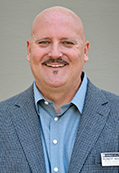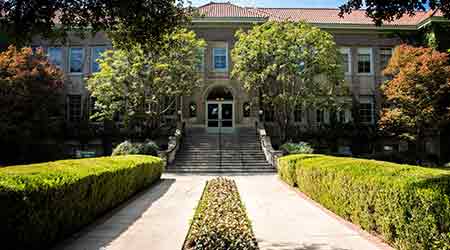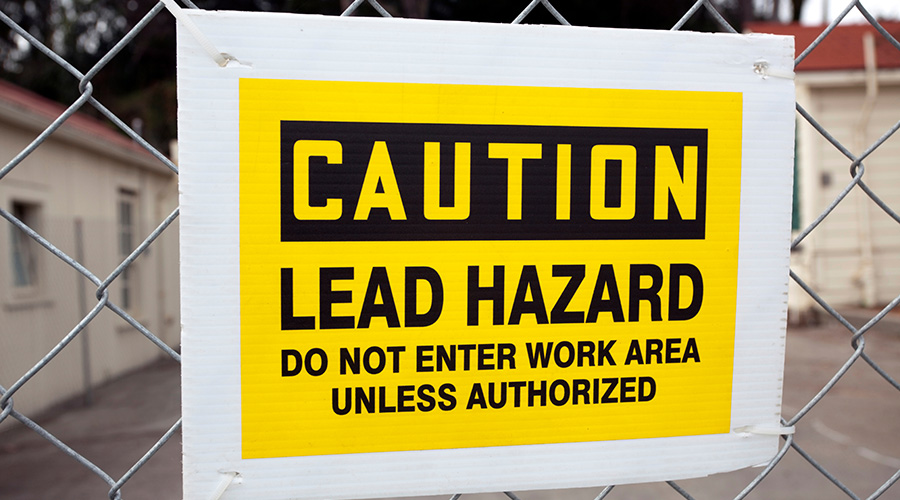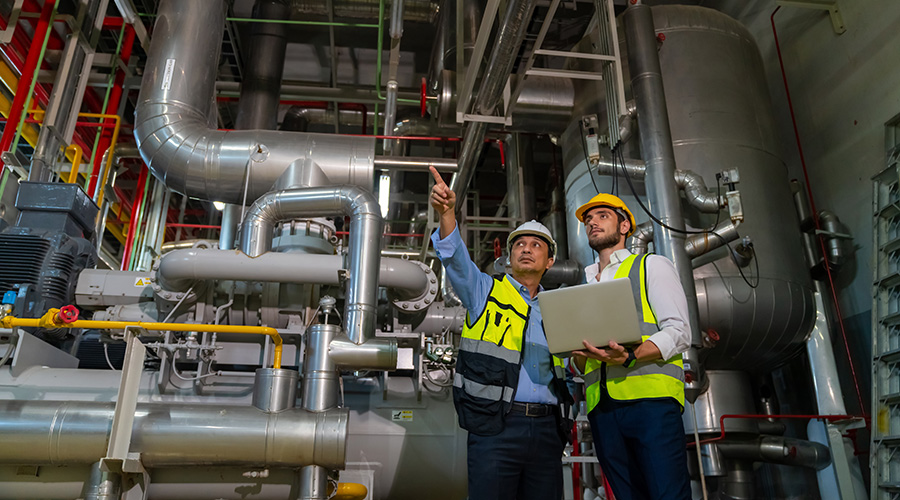Renovations and Retrofits: University of La Verne, La Verne, Calif.
Click here for original submission.
The achievement: The university converted 125,000 square feet of grass to sustainable areas, converted lighting to LEDs, upgraded HVAC units and improved building automation systems, reducing energy use by 14 percent in residence halls.
The challenge: The biggest challenges faced by the university were justifying funding and showing payback.
 In an effort to resolve this, the university became one of the first campuses to join the Billion Dollar Green Challenge sponsored by the Sustainable Endowments Institute, a nonprofit organization that studies sustainability measures at colleges and universities. Enrollment in the challenge allows the university to track each sustainable project.
In an effort to resolve this, the university became one of the first campuses to join the Billion Dollar Green Challenge sponsored by the Sustainable Endowments Institute, a nonprofit organization that studies sustainability measures at colleges and universities. Enrollment in the challenge allows the university to track each sustainable project.
Through this tracking, the university builds a green revolving fund (GRF). Sustainable projects are funded through operational budgets and tracked through the green revolving investment tracking system (GRITS). This program shows the annual payback and return on investment for each project. An annual report shows the amount each project saves. The cumulative annual savings then transfer from the utilities budget into the GRF, which is dedicated to only sustainable projects. The savings for each of those projects are calculated through GRITS. The money saved goes back to the GRF every year. This allows for steady growth of the GRF and ensures continued sustainable projects in the future.
— Robert Beebe,
Senior Director of Physical Plant Operations & Services
Continue Reading: FMD Achievement Awards
 Maintenance and Engineering Stars: 2016 FMDAA Recipients
Maintenance and Engineering Stars: 2016 FMDAA Recipients
 Sustainability: Max Planck Florida Institute for Neuroscience, Jupiter, Fla.
Sustainability: Max Planck Florida Institute for Neuroscience, Jupiter, Fla.
 Sustainability: Oak Ridge National Laboratory, Oak Ridge, Tenn.
Sustainability: Oak Ridge National Laboratory, Oak Ridge, Tenn.
 Renovations and Retrofits: University of La Verne, La Verne, Calif.
Renovations and Retrofits: University of La Verne, La Verne, Calif.
 Renovations and Retrofits: Fred Hutchinson Cancer Research Center, Seattle
Renovations and Retrofits: Fred Hutchinson Cancer Research Center, Seattle
 Financial Management: Westerville (Ohio) School District
Financial Management: Westerville (Ohio) School District
 Financial Management: Kettering (Ohio) School District
Financial Management: Kettering (Ohio) School District
 Personnel Management: Orange County, Orlando, Fla.
Personnel Management: Orange County, Orlando, Fla.
 Personnel Management: Johnson and Wales University, Providence, R.I.
Personnel Management: Johnson and Wales University, Providence, R.I.
Related Topics:









 In an effort to resolve this, the university became one of the first campuses to join the Billion Dollar Green Challenge sponsored by the Sustainable Endowments Institute, a nonprofit organization that studies sustainability measures at colleges and universities. Enrollment in the challenge allows the university to track each sustainable project.
In an effort to resolve this, the university became one of the first campuses to join the Billion Dollar Green Challenge sponsored by the Sustainable Endowments Institute, a nonprofit organization that studies sustainability measures at colleges and universities. Enrollment in the challenge allows the university to track each sustainable project.










